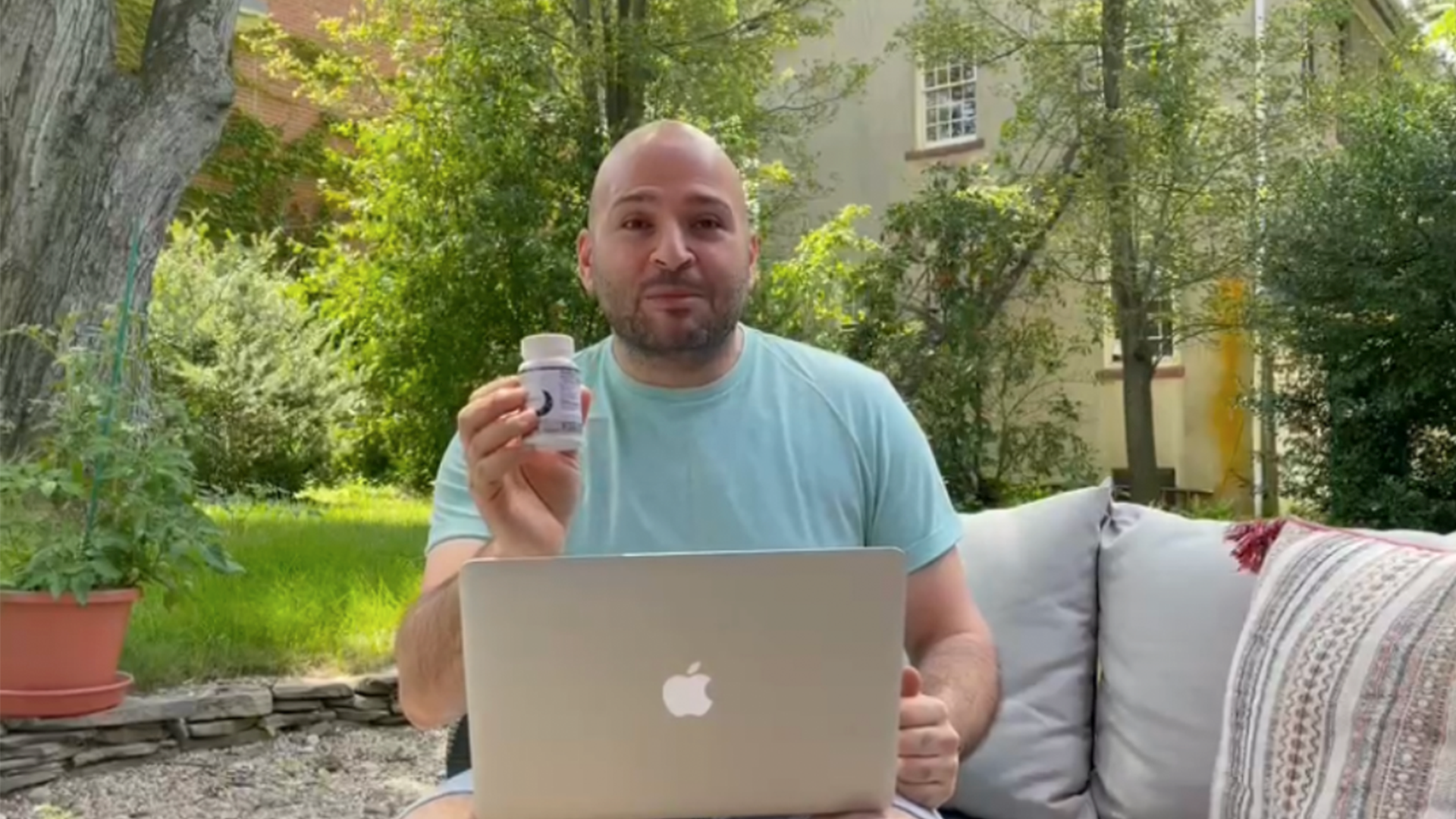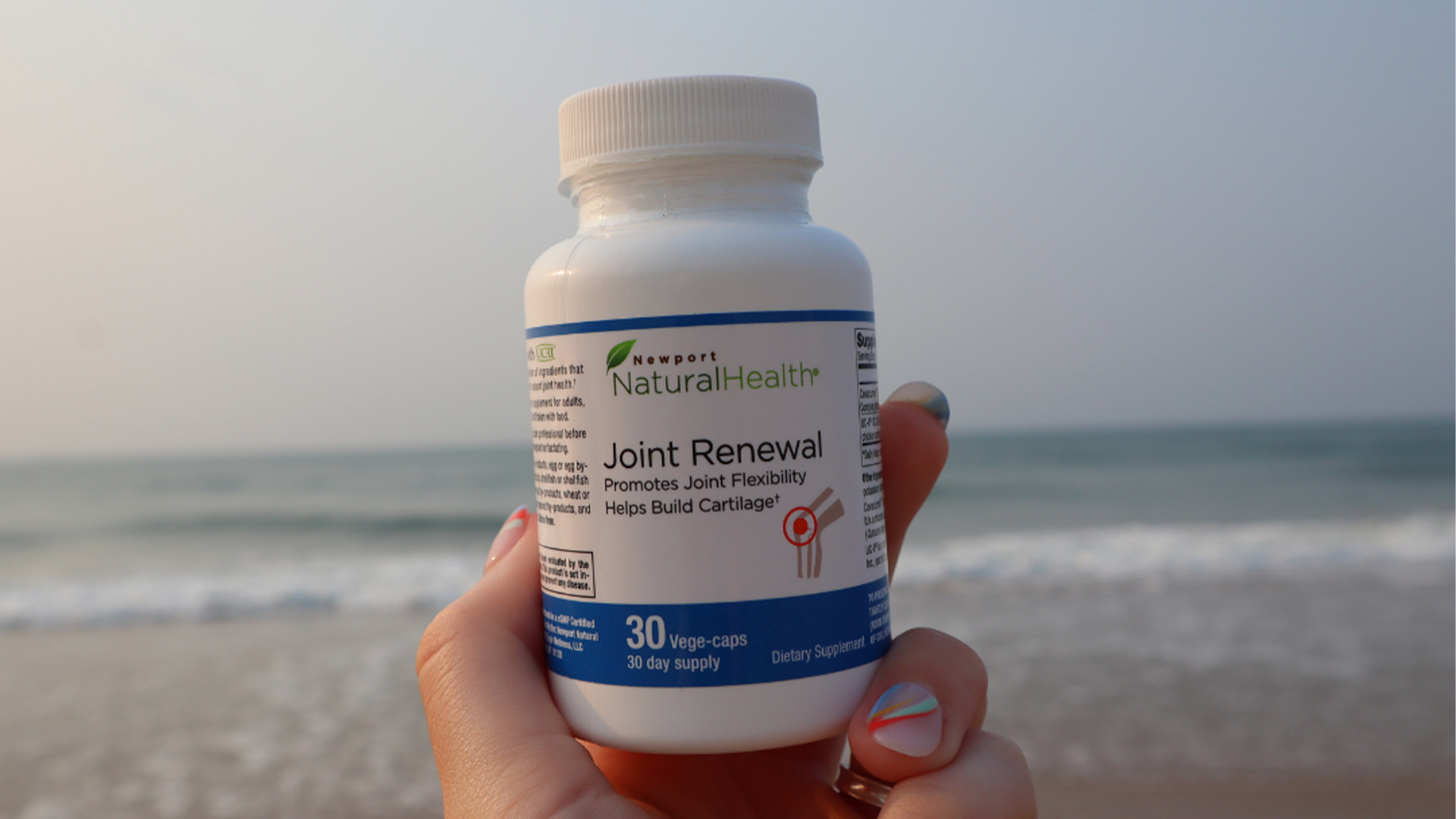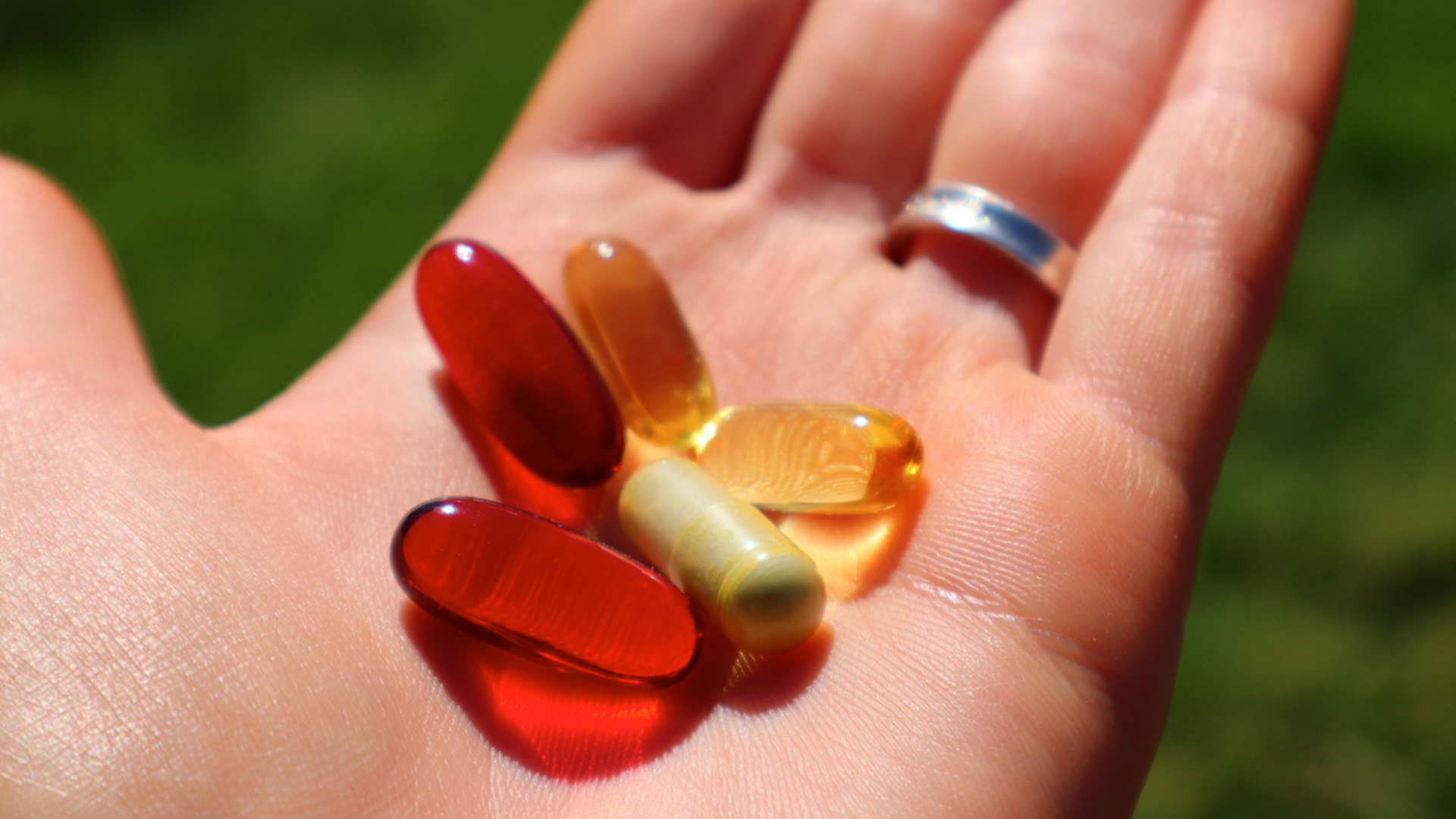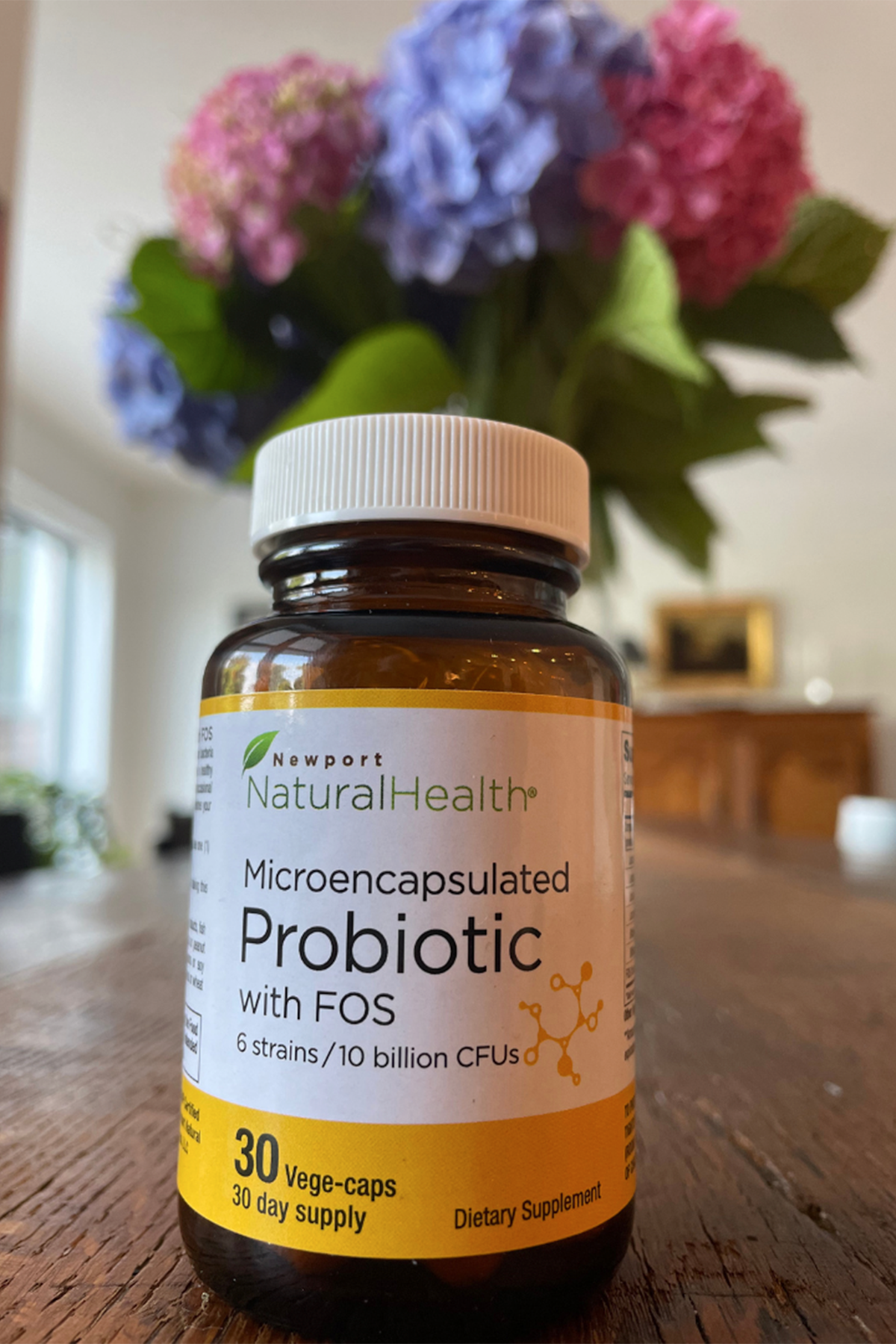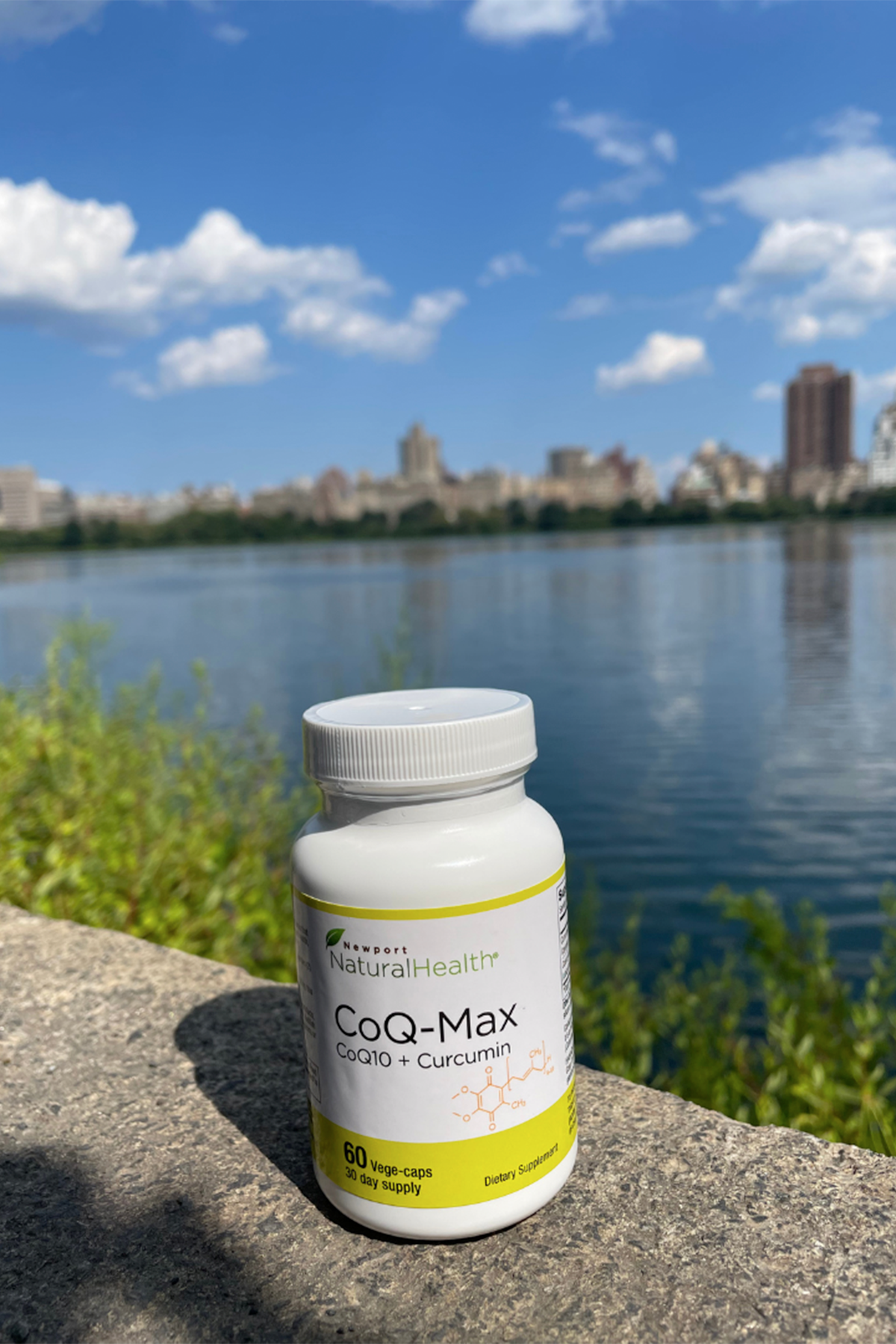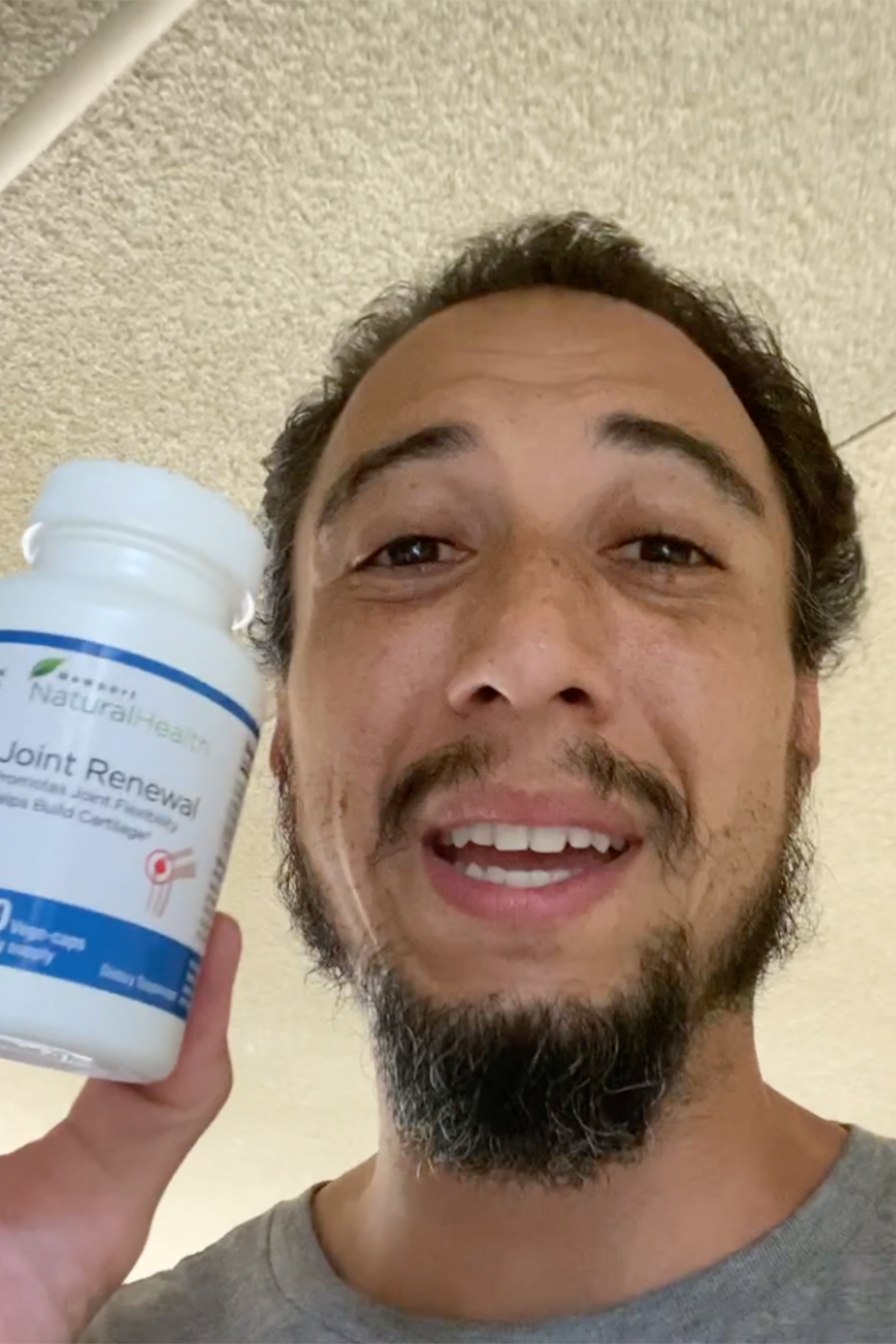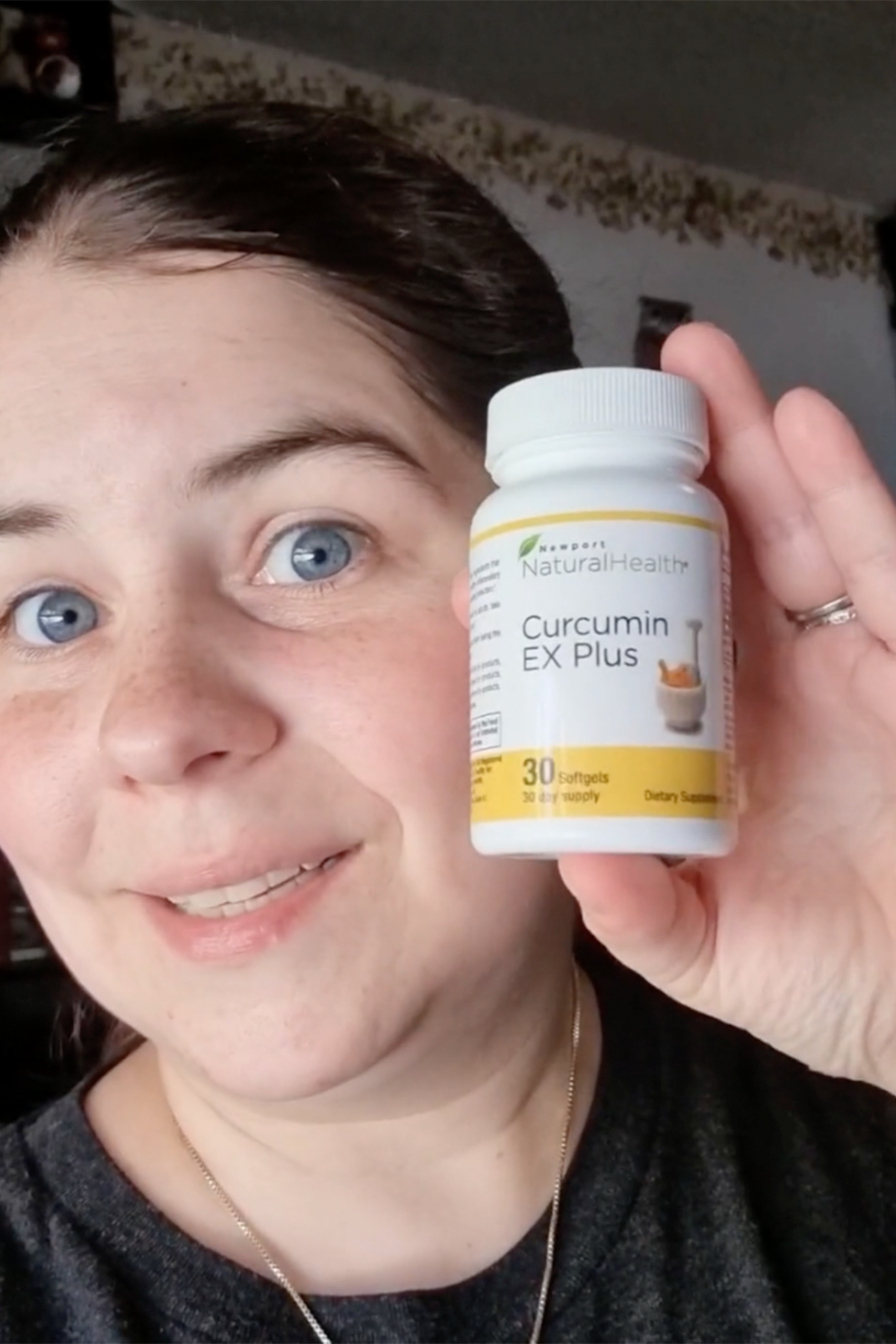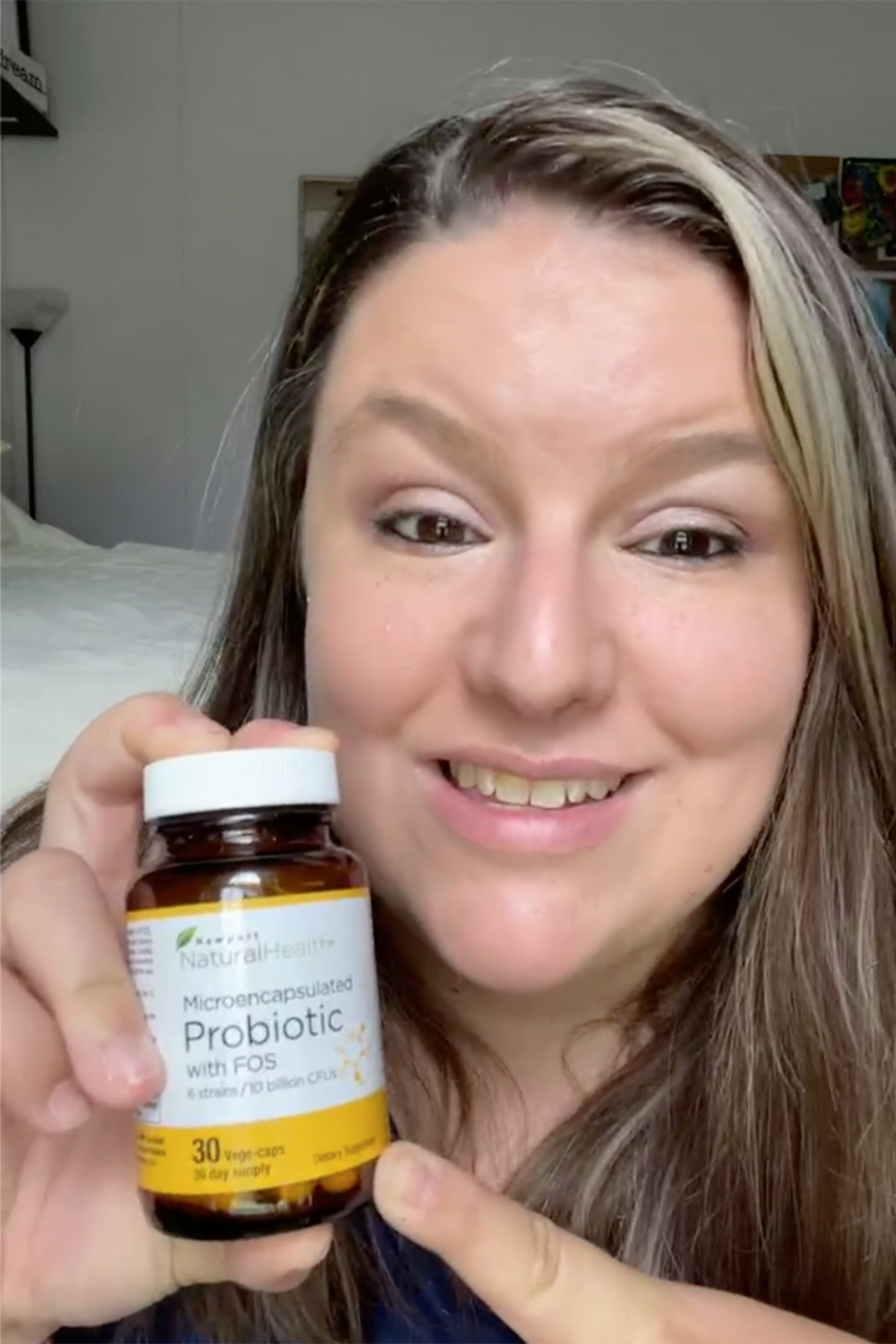A disastrous epidemic is affecting people all across the country—rich and poor, young and old, male and female. It doesn’t discriminate, and it shows no signs of slowing down. I’m talking about opioid addiction.
Nearly 4 million Americans use opioids for nonmedical reasons every month, and many of these people became addicted after getting a perfectly “harmless” prescription from a doctor for pain. And many, many more people take opioids daily for legitimate pain issues, feeding a potential addiction with each pill they swallow.
Opioids and other painkillers are serious drugs, often handed out to patients with reckless abandon. In fact, the number of opioid prescriptions jumped from 76 million in 1991 to 219 million in 2011.
Enough is enough. Unfortunately the mainstream medical community—everyone from pharmaceutical execs and doctors to pharmacists and nurses—is just waking up to the idea that they are largely responsible for creating this problem. Strong pain meds are often prescribed for situations—minor injuries, muscle strains, and back pain, to name a few—where far milder approaches would suffice.
And even in the very few cases where opioid use is appropriate, like major surgeries and accidents, patients do not need a 30-day supply. Two or three days’, maybe a weeks’ worth, will typically take the edge off the initial pain, then over-the-counter pain relievers should suffice.
In my practice, I rarely, if ever, treat patients with any kind of prescription painkiller…partly because I don’t want my patients exposed to highly addictive and dangerous drugs. But mainly because I know effective natural alternatives exist. Not only are these non-drug options free of side effects, they also do not alter brain chemistry like opioids do—so they are in no way addictive.
Here’s what I recommend for pain relief…
Topical Pain Relief
Acupuncture is a centuries-old healing method. Very thin needles are inserted into points in the body that are “constricted.” Like massage, it promotes the flow of blood, oxygen, and nutrients throughout the body, and relieves all types of pain.
AcuPhoton therapy is a technique particularly effective for soft tissue injuries, arthritis, or similar conditions. It combines acupuncture and photon (light) therapy in a safe, non-invasive pain-relief method.
A photon is a skin-penetrating light wave that can identify areas of poor circulation and inflammation, which then become targets for acupuncture. Combining the two techniques results in faster tissue repair and pain relief.
Capsaicin is a compound found in cayenne peppers. It alleviates pain by preventing the nerve endings from transmitting pain signals. You can use capsaicin topically in a cream or lotion applied directly to the area that’s bothering you. The effect is temporary, but you can repeat application as needed. You can also take capsaicin orally (see below).
Massage is an amazing pain-relief technique. Not only does it relax tight muscles, lower heart rate and blood pressure, and stimulate blood flow through the muscles, it reduces inflammation and increases your body’s production of pain relief chemicals like endorphins and serotonin.
Oral Pain Relief
There are many natural pain relievers you can try, but these are my favorites because they are proven safe and effective.
Boswellia (also called Indian Frankincense) is an herbal extract that can alleviate inflammation and improve pain and function within as little as five days of use. Take 500 mg twice a day.
Capsaicin is most commonly used topically, but it also works well orally. One study found that oral capsaicin relieved the pain and discomfort of mucositis—inflammation and ulcers associated with chemotherapy. Use as directed.
Curcumin is an active component in the spice turmeric, a bright yellow seasoning used both as a dye and to make curries in Asian cooking. It has also been used for centuries as a powerful natural medicine. Curcumin is especially helpful for reducing arthritis pain and inflammation. One trial found that it provided long-term improvement for patients with osteoarthritis of the knee. Take 500 mg three times a day. Be sure to use a preparation with enhanced absorption, as regular curcumin is difficult for your body to retain.
Omega 3 essential fatty acids are some of the most potent anti-inflammatories you can buy. When you have an inflammatory condition that’s causing you pain, such as arthritis or bursitis, I recommend taking 10-12 grams of omega 3s every day (be sure to read labels for actual omega-3 content per serving), in divided doses. This is a high amount, but it works. And I can assure you no one has ever been harmed or died from an omega-3 overdose! In acute situations where you really need an anti-inflammatory punch, omega-3s are your best bet. Due to the blood thinning effects, consult a doctor if you are on blood thinners, blood pressure medication, or have a bleeding disorder.
White willow bark contains salicin, a chemical precursor to aspirin. It is much safer and milder than aspirin, and just as effective, especially for sprains, strains, lower back pain, arthritis, and headaches. Avoid it if you have diabetes, gout, or kidney/liver issues, but for everyone else, 500 mg is an effective dose.
10 Natural Pain Relievers
- Acupuncture
- AcuPhoton therapy
- Capsaicin
- Massage
- Boswellia
- Curcumin
- Omega 3s
- White willow bark
- Prolozone
- Platelet-rich plasma
The Only Injections I Recommend
Cortisone shots seem to be conventional medicine’s “gold standard” for pain relief. They are injections of synthetic corticosteroids—hormones naturally produced by the adrenal glands that minimize inflammation. When injected into the joints, cortisone reduces inflammation and pain, but the effects wear off within a few weeks. So for chronic pain, patients often go back every month to get repeat shots.
Cortisone injections are not without serious risks. In a small percentage of people, pain can actually get worse when the injected cortisone crystallizes in the joint. This is called a “flare,” and it is downright miserable. And in people who get frequent injections, the cartilage and tendons can weaken, causing permanent damage.
Other side effects are infection and, believe it or not, increased blood sugar—so diabetics should avoid cortisone shots.
I don’t know why anyone would choose cortisone injections anyway, when there are other injectable options that are far more effective and much safer.
What Is Prolozone?
Prolozone is, quite frankly, miraculous. It is a homeopathic oxygen injection. What I love most about prolozone therapy is that it gets to the root of the pain, and up to 75% of patients can experience permanent pain relief.
In order for a damaged area of the body to regenerate and heal, it must have three critical elements that only the blood can provide: vitamins, minerals, and oxygen. Of these, by far the most important is oxygen. Low levels of oxygen cause an accumulation of lactic acid, which is what causes pain.
Prolozone works in three ways. First, homeopathic anti-inflammatory preparations are injected into the injured area to reduce inflammation and swelling. This leads to increased circulation. Then the area is treated with vitamins and minerals that are critical for healing. Finally, the area is infiltrated with ozone—a form of oxygen created by three oxygen atoms.
The tissues get what they need to heal, circulation is reestablished, and for most patients, pain goes away after three to five treatments.
Platelet-rich plasma (PRP)
Platelet-rich plasma (PRP) alleviates pain associated with sprain, strains, and repetitive motion injuries. This makes it a favorite among professional athletes. It’s also a great option for chronic pain conditions like arthritis.
PRP uses a small amount of the patient’s own blood, which is spun in a centrifuge to separate all the different components. The concentrated platelets are then injected back into the affected area.
PRP is not a quick fix. It can take a few months for the healing and regeneration to take place. Once it does, though, the results can be remarkable.
I hope, if faced with pain, that you choose one or more of these pain management techniques. Avoid opioids at all costs. Their addictive nature and severe side effects are absolutely not worth it.
References
- Berger A, et al. Oral capsaicin provides temporary relief for oral mucositis pain secondary to chemotherapy/radiation therapy. J Pain Symptom Manage. 1995 Apr;10(3):243-8.
- Belcaro G, et al. Efficacy and safety of Meriva®, a curcumin-phosphatidylcholine complex, during extended administration in osteoarthritis patients. Altern Med Rev. 2010 Dec;15(4):337-44.
Last Updated: June 23, 2021
Originally Published: November 17, 2017



